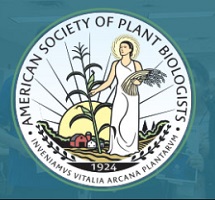INTRODUCTION
In most species of flowering plants, cross-pollination (allogamy) is a common breeding mechanism. Outcrossing avoids the deleterious effects of inbreeding depression and promotes heterozygosity, genetic variability, and genetic exchange, the consequences of which are advantageous to the long-term surviva1 and adaptation of a species. Plants have evolved various mechanisms to promote allogamy, including the production of unisexual staminate or pistillate flowers on the same (monoecious) or different (dioecious) plants. A basic description of the various modes of sexuality in plants can be found in Table 1. Although high rates of outcrossing may confer selective advantage, the incidence of dioecy and monoecy among flowering plants is low. An extensive catalog of sexuality in 120,000 plant species indicates that hermaphrodites are common, representing -72% of species examined (Yampolsky and Yampolsky, 1922). Approximately one-tenth of all angiosperms are strictly dioecious or monoecious (4 and 7%, respectively). lntermediate forms of sexual dimorphism, including gynodioecy and androdioecy, represent 7% of the species examined, whereas 10% of the species contain both unisexual and bisexual flowers. Various types of sexuality are almost equally distributed among monocot and dicot genera, although dioecy is also more prevalent in tropical than in temperate ecosystems (Ashton, 1969; Tomlinson, 1974).








